The copper sulfate test is a test used in the packaging industry to detect the presence of pores, cracks, or any discontinuity in the varnish film applied on tinplate cans. This test is important to ensure the quality of the protective coating and to avoid corrosion of the metal, especially when they are used to contain food or products that may be aggressive to the metal.
The general procedure for the copper sulfate test is as follows:
- Preparation of the acid solution of copper sulfate, which is composed of a mixture of copper sulfate (CuSO4-5H2O) and hydrochloric acid (HCl) in distilled water.
- Cleaning of the samples (cans or lids) to remove any grease or dirt that may interfere with the test.
- Immersion of the samples in the acidic copper sulfate solution for a specified time, usually a few minutes.
- Extraction of the samples and drying on absorbent paper.
- Visual examination of samples to identify the presence of metallic copper deposits in areas where the varnish has not covered the metal, indicating porosity.
- Quantification of results as a function of the number of pores per unit area (e.g. pores/cm²) and assessment of pore size.
For a quick check, the area to be tested can be rubbed with a cotton swab soaked in the acidic copper sulfate solution and observed for copper deposits.
The copper sulfate test is an essential quality control to assess the integrity of metal containers and their suitability for use in the food industry and other applications.
To prepare the copper sulfate solutionused in the determination of porosity in metal container varnishes, the following steps should be followed:
- Mix and transfer to 1 liter of distilled water: 10% (w/v) CuSO4 * 5H2O (s.w.) + 10% (v/v) HCl (commercial hydrochloric acid 35 – 37%).
- In another procedure, the solution is described with a different concentration: 250 g of CuSO4 * 5H2O, 875 ml of distilled water and 100 ml of concentrated HCl to make approximately 1,000 ml of solution.
These solutions are used to immerse the caps or specimens for a certain time (2 or 3 minutes according to the procedures described) and then visually evaluate the presence of copper deposits in the areas where the varnish has not covered the metal, indicating porosity. It is important to follow proper safety measures, such as the use of protective gloves and goggles, and to perform the procedure in a well-ventilated area.

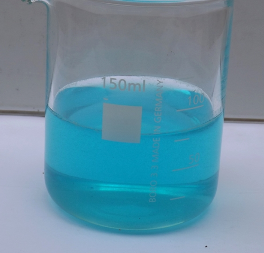
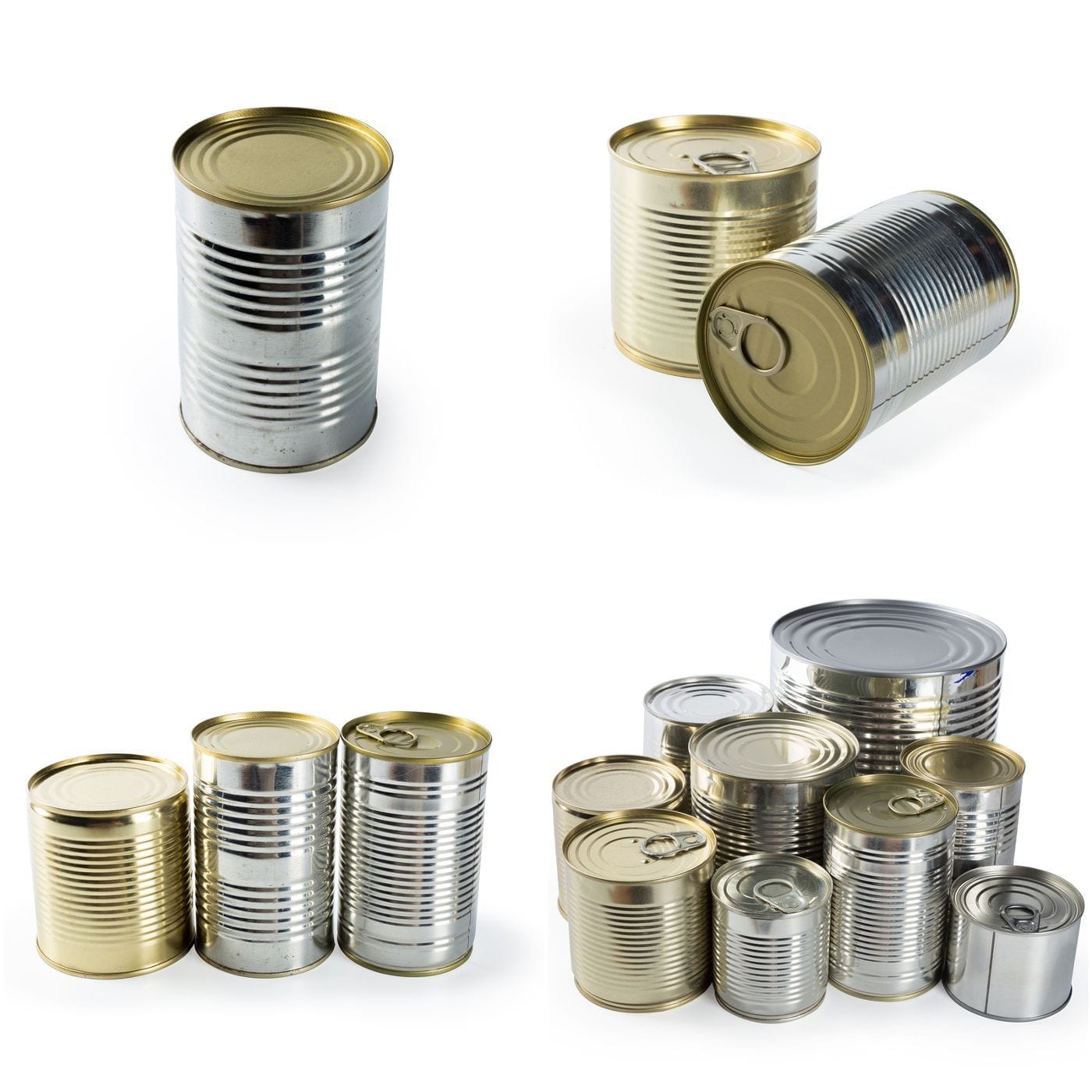
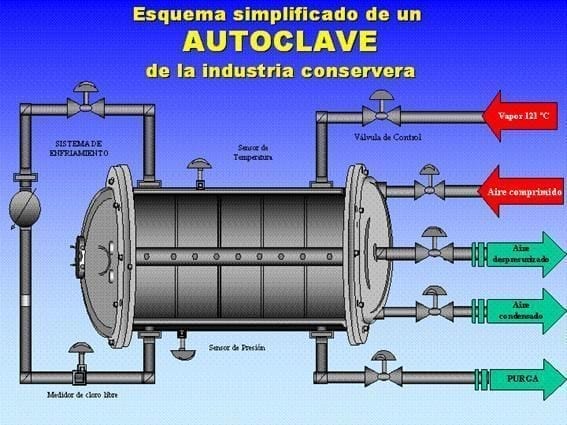


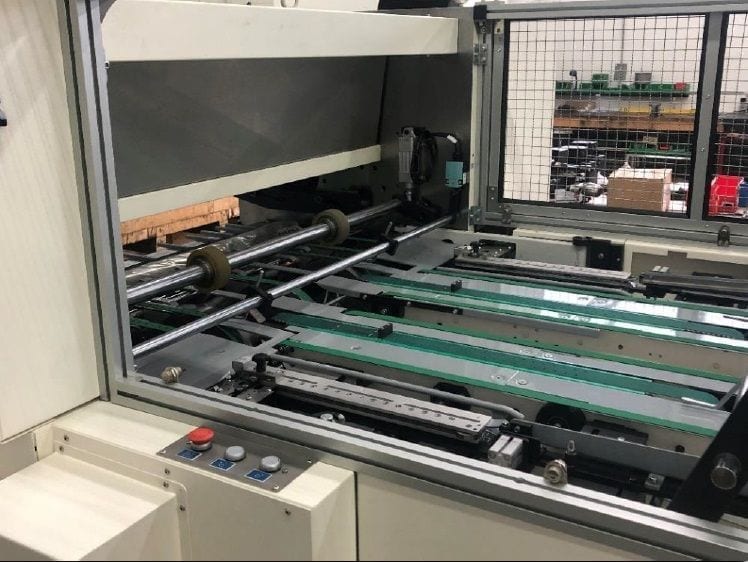
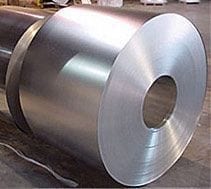
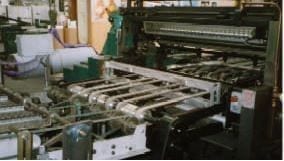
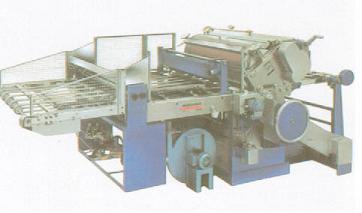



0 Comments